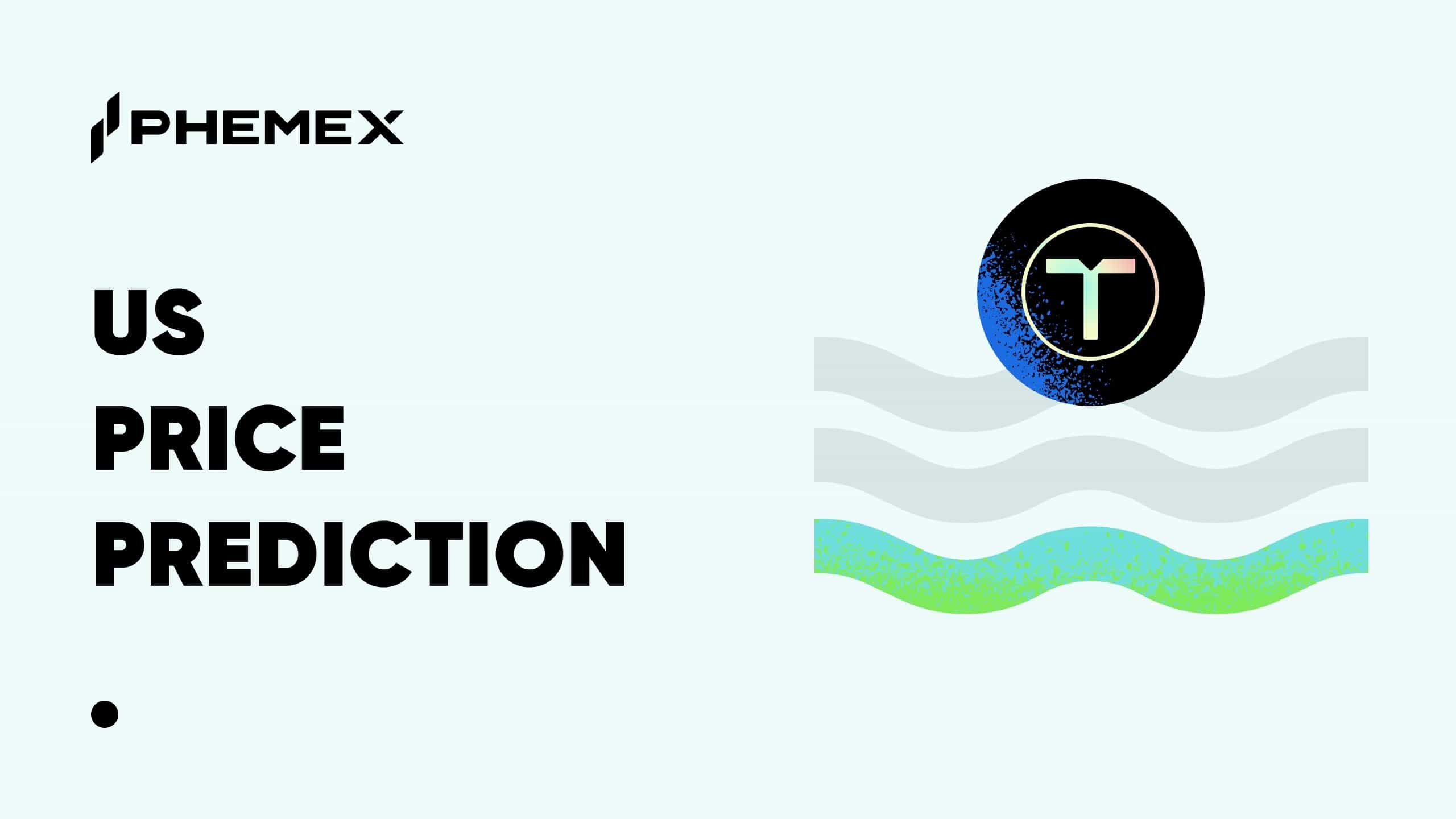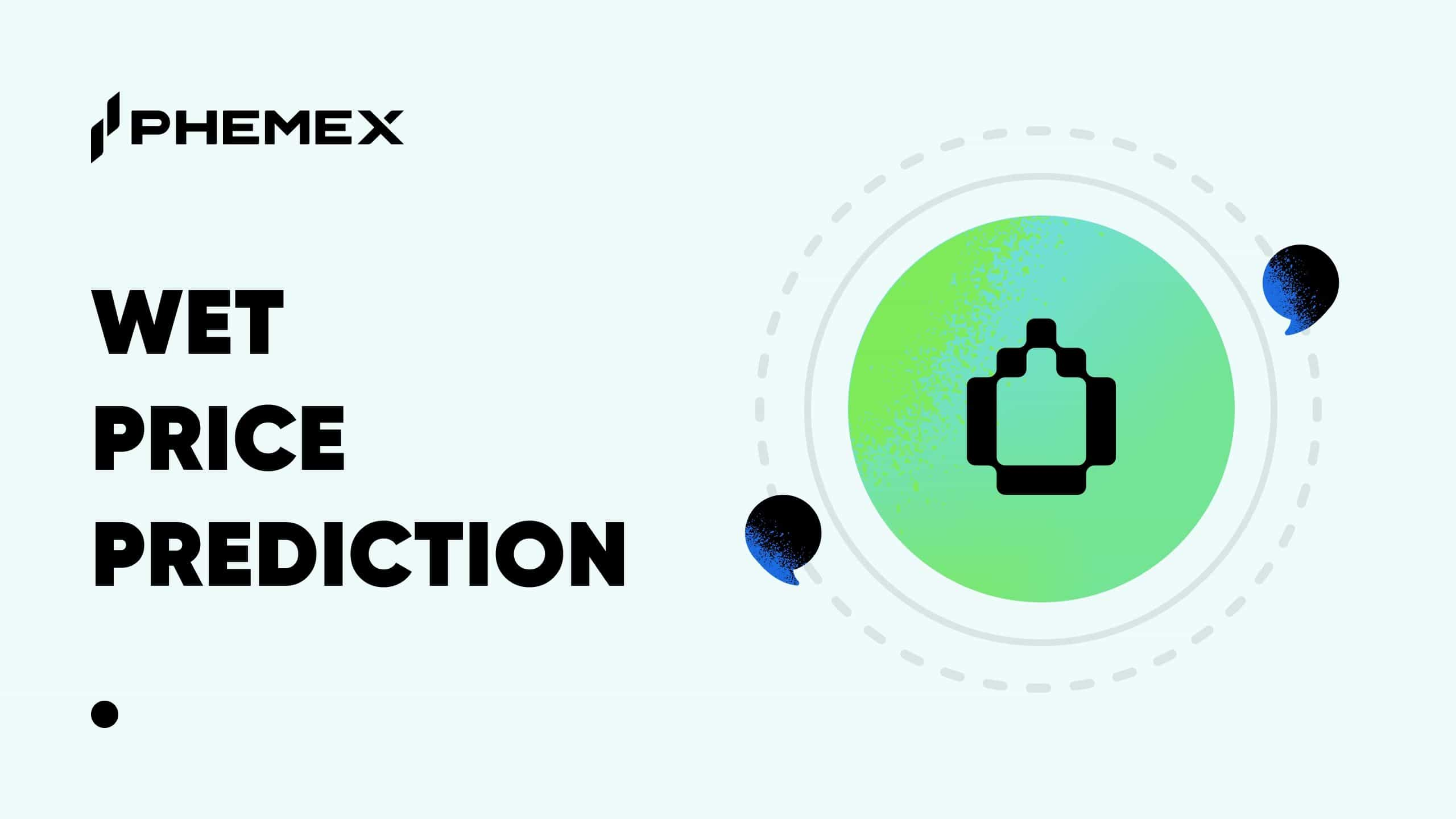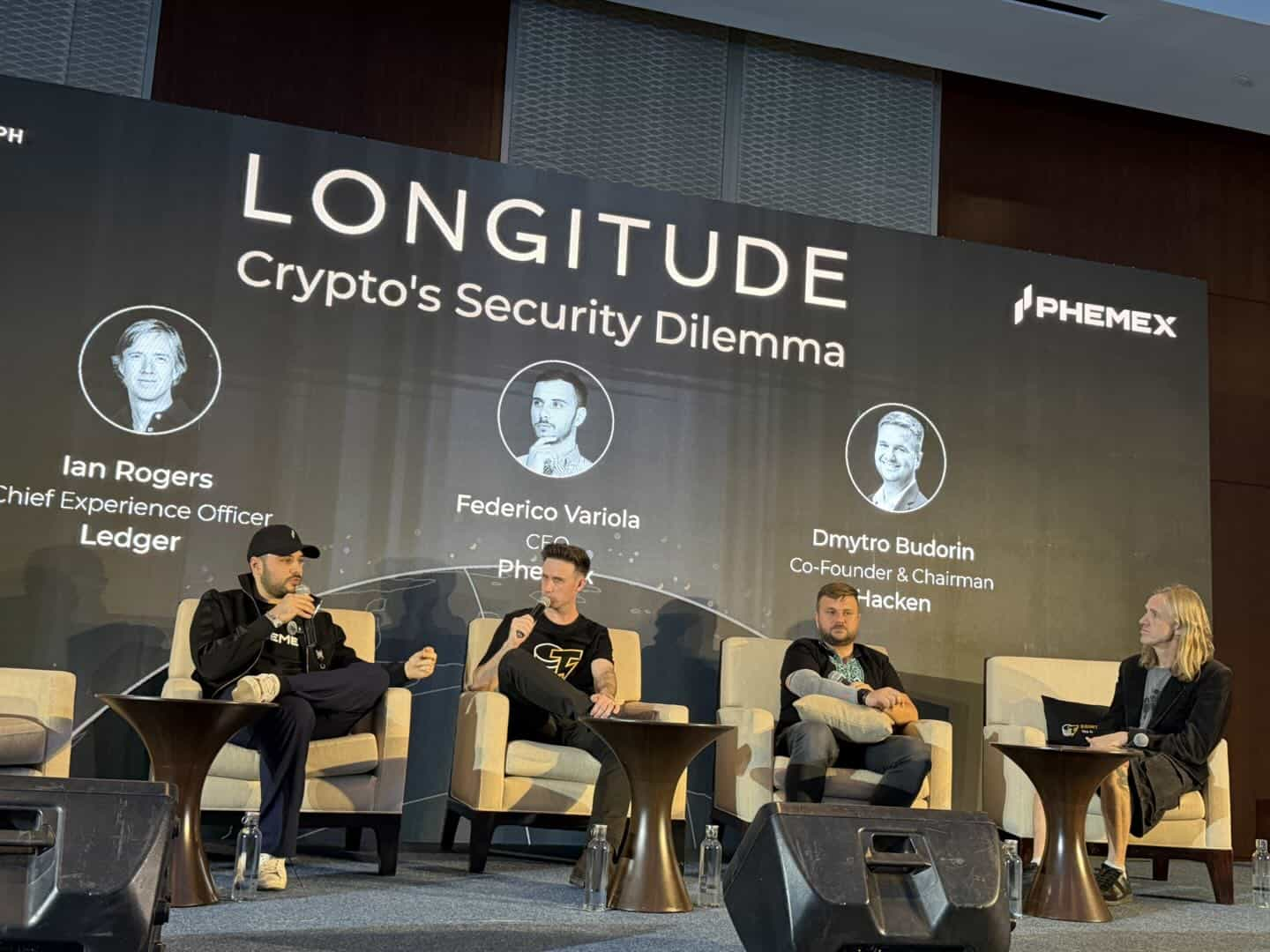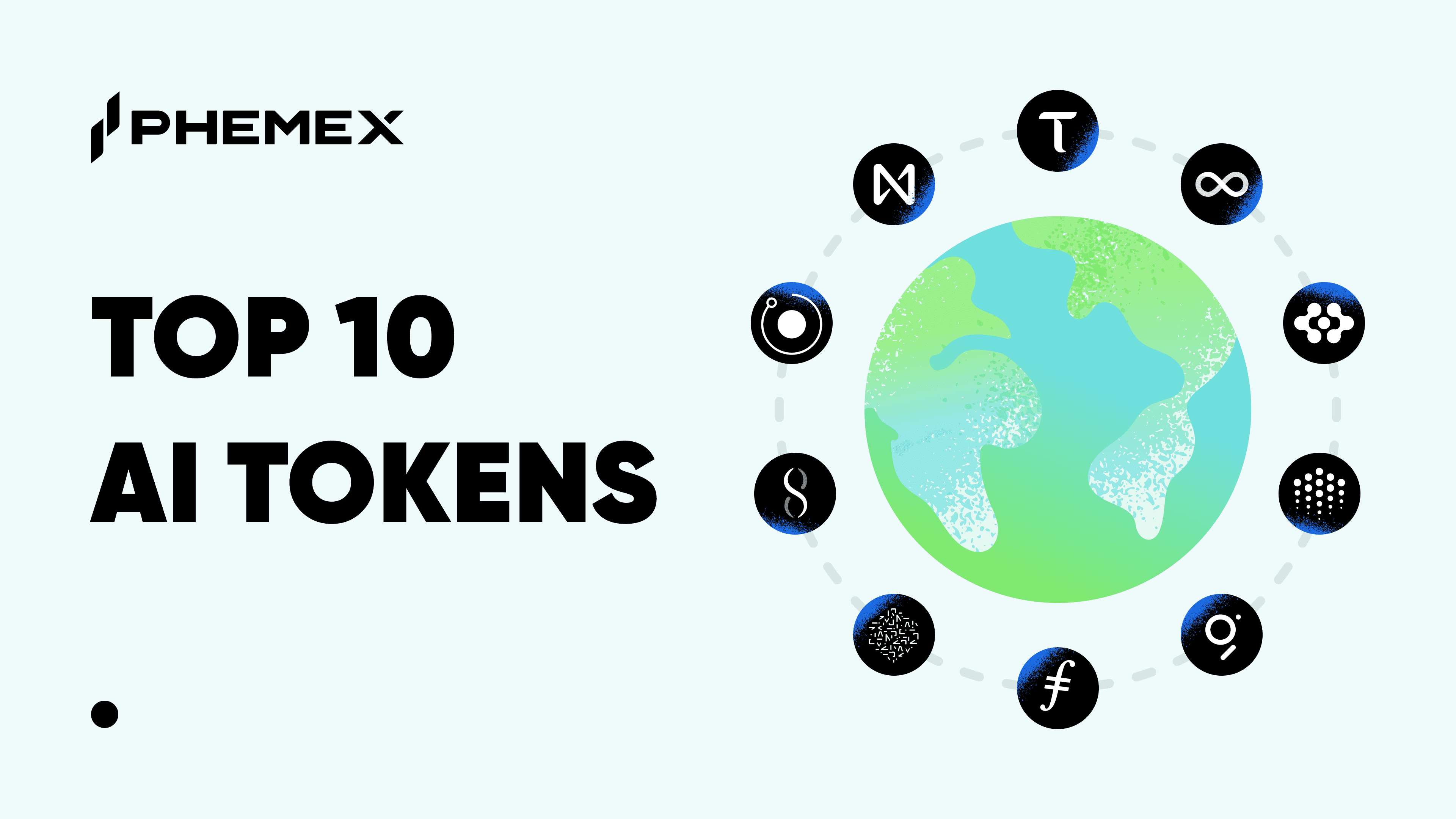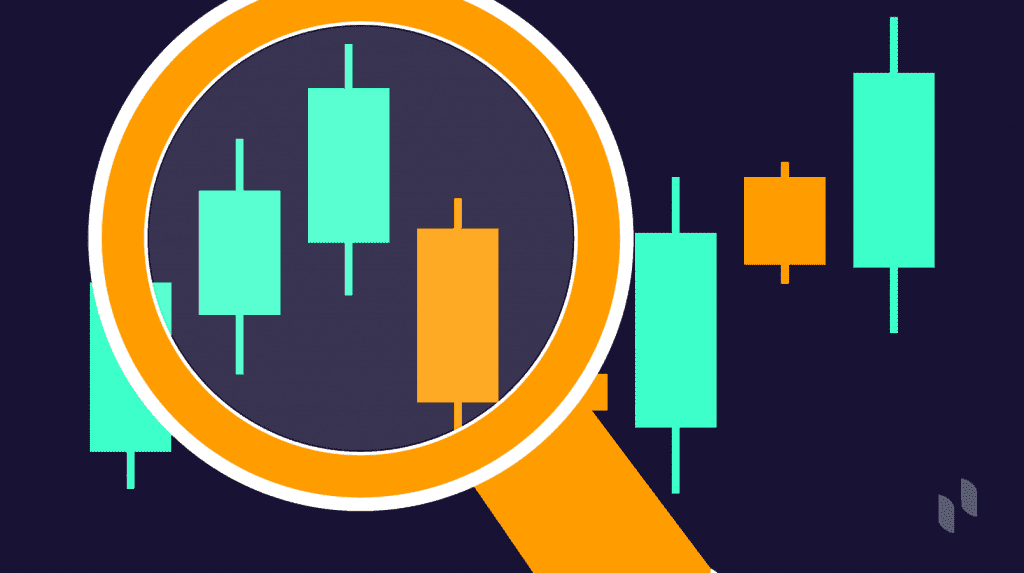The rise and fall of NFTs has been crazier than a rollercoaster ride. Their initial explosion into the mainstream and rapid growth in 2021, headlined by prominent collections like Cryptopunks and Bored Ape Yacht Club (BAYC), saw big-name celebrities like Steph Curry purchase and swap their social media profile pictures. At the peak of the NFT craze, a regular bored ape jpeg could cost around $400,000 and acted like an online status symbol like no other. However, the party came to an end in 2022, as NFTs cratered along with many other sectors in crypto in the wake of the FTX collapse.
Since then the market for non-fungible tokens have made little buzz in the wider cryptosphere, despite a general rebound in the prices of top tokens like BTC, ETH, and SOL. This has led many in the crypto community to speculate whether NFTs have already come and gone, never to recover to past heights. However, it seems that NFTs have recently been quietly showing signs of a resurgence, with a shift toward more diverse applications. This comeback isn't just about digital art anymore—NFTs are finding uses in gaming, virtual real estate, identity verification, and security, signaling a move toward a more utility-focused future. These developments hint at NFTs evolving to become an integral part of our digital experiences rather than just being used for financial speculation.

Total sales of NFTs in art sector according to Statista
State of NFTs in 2024
At the peak of the NFT boom, rare CryptoPunk #5822 was sold for 8,000 ETH (valued at $23 million at the time). Earlier this year in 2024, CryptoPunk #8135 fetched 29 ETH (or roughly $71,000). It’s safe to say the crazy prices that singular NFT collections can command have plummeted in the past years with no signs of significant recovery any time soon. However, that doesn’t mean innovation hasn’t been consistently occurring in the NFT space. Perhaps it’s due to the crypto winter, but the stagnant prices have actually forced project owners to construct NFTs around use cases that extend beyond selling to the highest bidder.
Gaming
Perhaps the most logical extension of NFT technology is usage in gaming, because that’s an industry that has already found success monetizing digital items and accessories to the tune of billions. NFTs that offer tangible in-game benefits are driving a major transformation in how people view and interact with digital gaming worlds. The focus is shifting from mere ownership and artificial scarcity to creating actual gameplay value for players.

In-game revenue forecast for NFTs in games according to S&P Global
For example, XOCIETY is a web3 game that incorporates NFT-based skins and user-generated content (UGC), where players can truly own and transfer their characters across compatible games. The game’s high-stakes extraction shooter mode allows players to risk their NFTs and assets to engage in intense, competitive matches. Additionally, characters from other gaming universes, like Pudgy Penguins, can be used within the game, providing the opportunity for cross-collection crossover in an effort to build a fully fleshed out decentralized gaming world.
Gaming insiders believe that NFTs offer a unique vehicle to strengthen the bond between players and the virtual worlds they explore, and developers who harness that power appropriately will create the most significant blockchain games.
Physical Collectibles and Real-World Asset Narrative
Beyond operating purely in the digital realm, NFTs have now found a solid use case in the physical space and it relates with the RWA narrative that’s been making waves during this bull cycle. Physical NFTs are digital tokens that represent ownership of tangible assets. These tokens bridge the gap between the digital and physical worlds, allowing individuals to verify ownership of real-world items such as artwork, fashion pieces, property deeds, event tickets, and more. This blend of physical and digital elements enables secure and verifiable proof of possession of real-world assets in a decentralized way.

BearBrick is an ETH-based NFT that’s tied to physical toy collectibles
The solutions that NFT technology can offer for the physical collectible sector are numerous:
- Untapped potential: Collectibles are sometimes used as collateral for loans, but traditional methods may offer unfairly low valuations. Using NFTs as collateral on the blockchain creates a more equitable and accessible system for securing loans, expanding opportunities for users.
- Fraud and scam protection: The collectibles market is often plagued by counterfeits, such as fake luxury watches and handbags. Tokenization through NFTs helps combat this by encoding the specific characteristics of each item in the NFT’s metadata, ensuring authenticity that can be verified on-chain.
- Unlocking markets: Physical collectibles are often limited to local markets, where a seller might struggle to find a nearby buyer. NFTs solve this by opening up a global marketplace, allowing collectors worldwide to access and purchase tokenized assets.
- Boosting liquidity: The entire collectibles market, whether physical or digital, typically suffers from low liquidity. By linking tangible goods to the blockchain, NFTs help to broaden the potential base of consumers who can bid and purchase the items, thereby enhancing overall liquidity.
Conclusion
Despite its recent decline, Statista still projects the NFT market to nearly double in value from $1.6 billion in 2023 to $3.2 billion by 2027. Several trends are fueling this growth. First, integrating NFTs with real-world assets (RWA) transforms traditionally illiquid physical assets into liquid, on-chain tokens, expanding NFTs beyond the digital space and connecting blockchain with traditional finance. Additionally, the market is shifting away from the earlier focus on expensive, limited-edition NFTs toward more useful NFTs that serve a specific function, such as unlocking a character weapon in a Web3 game. This shift emphasizes NFTs with real utility and sustainability, moving away from speculative trading.
Read More
- Are NFTs dead or are they making a comeback with Trump?
- What Are Non-Fungible Tokens (NFTs): Introduction to NFTs
- What are Metaverse NFTs: The Launchpad for the Digital World’s Economy?
- NFT Bubble: When Selfies Sell For A Million Dollars
- Top Crypto Trends Heading into 2025
- July Crypto Market Analysis
- Why are Meme Coins so Popular in this Crypto Cycle?
- Top Crypto Use Cases for 2025





